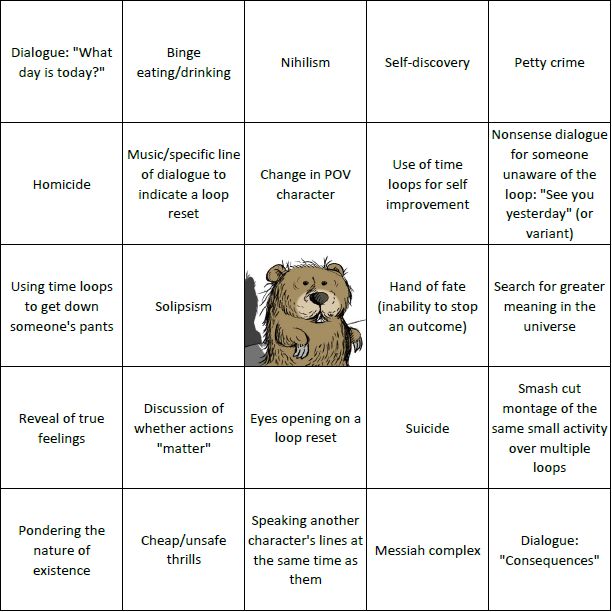House, trance, techno—any DJ playing a four-on-the-floor groove can drop Donna Summer and Giorgio Moroder’s “I Feel Love” into a set and instantly mesmerize the crowd. It has been happening since 1977. The disco hit doesn’t just hold up as a classic moment of nostalgia: it’s still one of the greatest dance tracks ever produced. “‘I Feel Love’ was and remains an astonishing achievement,” Jon Savage writes at The Guardian. “A futuristic record that still sounds fantastic 35 years on. Within its modulations and pulses, it achieves the perfect state of grace that is the ambition of every dance record: it obliterates the tyranny of the clock.”
DJ Jim Stanton puts it this way: “It is safe to say [‘I Feel Love’] was the blueprint for all electronic dance music today. It still has a massive impact every time I play it.”
The song was not only a “radical breakthrough” at the time but it was explicitly meant to be one, an experimental studio collaboration between Moroder, Pete Bellotte, drummer Keith Forsey, and engineer Robby Wedel, who was classical composer Eberhard Schoener’s assistant and was hired because he was the only one who knew how to work Schoener’s borrowed Moog Modular 3P. Wedel cooked up the bassline and Moroder and Bellotte pieced the track together from twenty to thirty-second snippets, since the Moog “would go out of tune every few minutes,” Moroder remembered. “It was quite a job.”
Bellotte and Summer wrote the lyrics and Summer, fresh off an important call with her astrologer about her love life, “turned up to the studio,” Bill Brewster writes at Mixmag, “and delivered the song in one take.” Upon hearing “I Feel Love” on its release, during the Berlin sessions for David Bowie’s Low, no less a shaper of the future than Brian Eno immediately realized its potential, running into the studio to proclaim, “I have heard the sound of the future. This is it, look no further. This single is going to change the sound of club music for the next fifteen years.” He was not wrong.
“Until ‘I Feel Love,’” Brewster writes, “synthesizers had either been the province of serious musicians like Keith Emerson, Jean-Michel Jarre or Tangerine Dream or used as a novelty prop in throwaway songs.” They had gained respect in the classical world, thanks to Wendy Carlos’ Switched on Bach, and by the late seventies they popped up in the mix of rock and funk often. Moroder’s creation, however, put the instrument at the center of a dance track for the first time. “‘I Feel Love’ was a rejection of the intellectualization of the synthesizer in favour of pure pleasure.”
The song killed on Soul Train and “went to No 1 in the UK during the high summer of 1977, and stayed there for four weeks—filling dance floors everywhere,” writes Savage. “Like David Bowie’s Low and Heroes, and Kraftwerk’s Trans-Europe Express, it was also the secret vice of those punks who were already tiring of sped-up pub rock, and it sowed the seeds for the next generation of UK electronica.” It didn’t chart in the U.S. but became “an all-time gay classic,” and hence a staple of the pre‑A.I.D.S. house music era. Remixes appeared immediately, including Patrick Cowley’s psychedelic 15-minute version, “which really does go on for ever and ever without trashing—even enhancing—the concept of the original.”
Indeed, “I Feel Love” is as near a pure archetype of the dance track as we’re ever going to find, so timeless it obliterates time, stretching out to 30 minutes in the “Disco Purrfection” version below, the first song to “fully utilize the potential of electronics, replacing lush disco orchestration with the hypnotic precision of machines,” and ushering in the age of New Order, Depeche Mode, and countless classic house and techno records from Chicago, New York, and Detroit, none of which hold up as well Moroder and Summer’s slick, sultry “I Feel Love.”
Related Content:
A Soul Train-Style Detroit Dance Show Gets Down to Kraftwerk’s “Numbers” in the Late 80s
Josh Jones is a writer and musician based in Durham, NC. Follow him at @jdmagness






